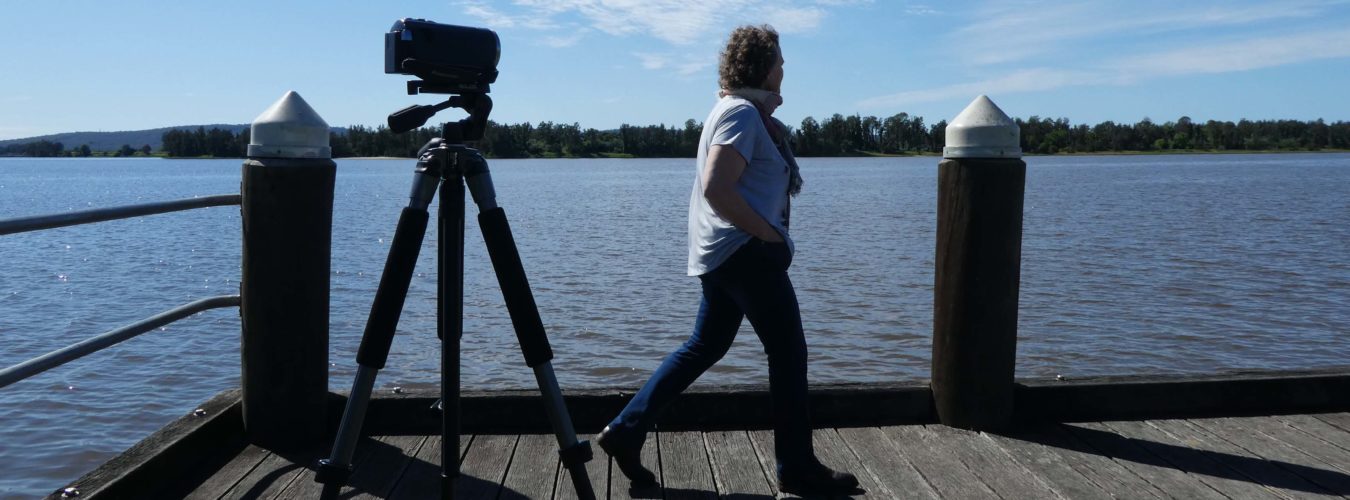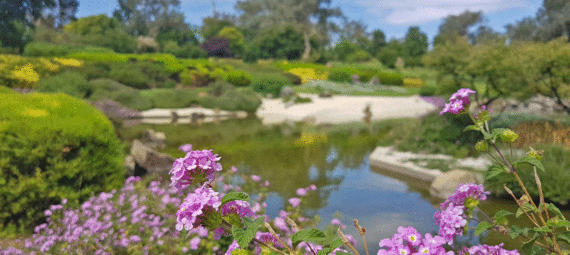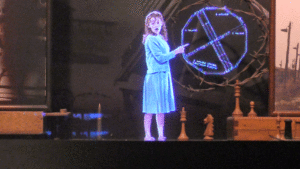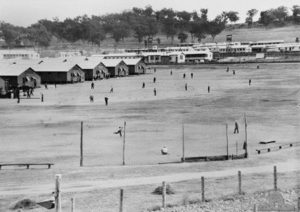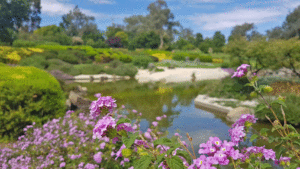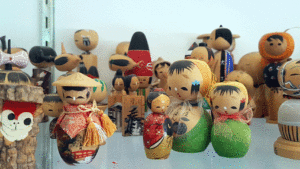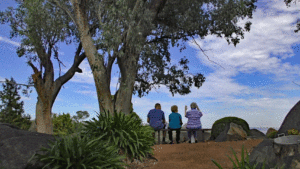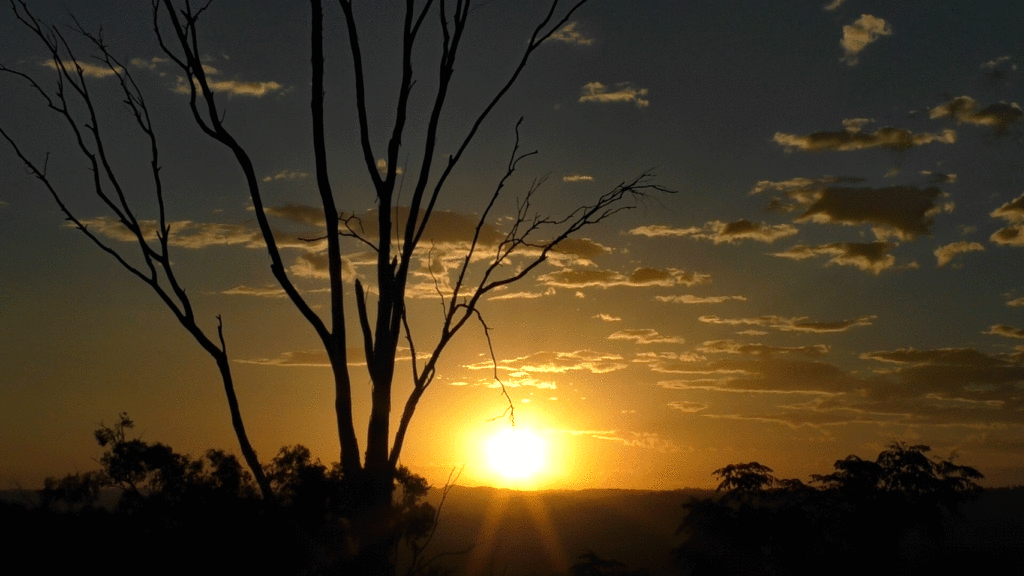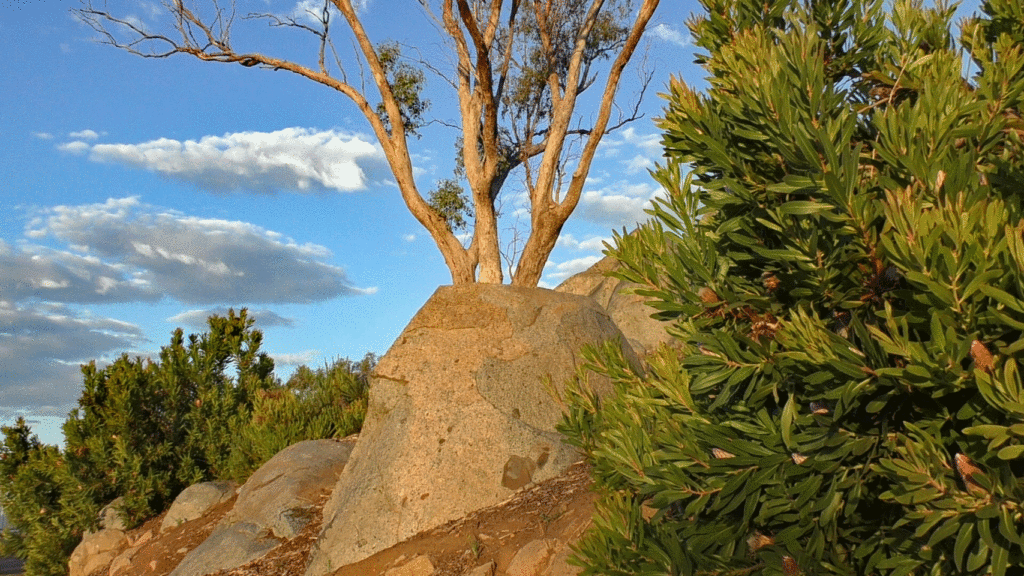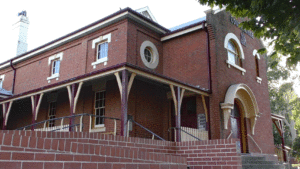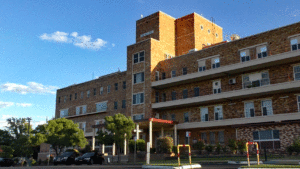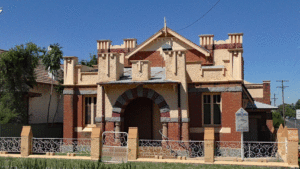When you grow up in a country town – the impression of that experience never really leaves you. I haven’t lived or worked west of the Blue Mountains for more than 15 years, but the sight of a town like Cowra surrounded by rolling hills, sheep grazing, and the dusty furrows of ploughed paddocks – well, it can still make you ache with homesickness.
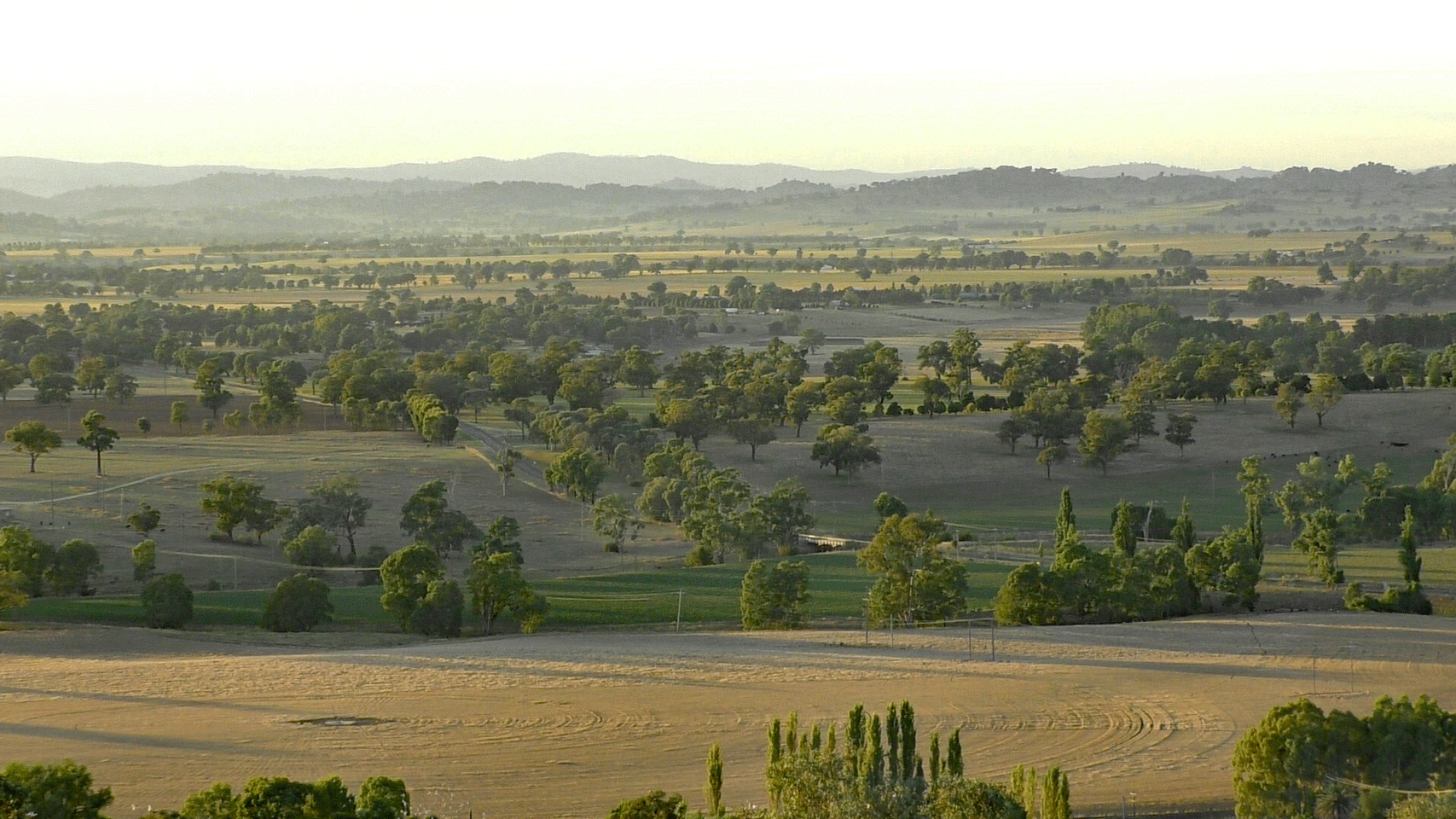
A recent visit to the Lachlan Valley was a coming home of sorts. The heat, the dry, the wide streets, flocks of corellas screeching overhead, kids swimming in the river. Relaxed. Unhurried. That’s what I love about country life – that’s what I loved about Cowra.
What we did
Every town has its thing – and this is Cowra’s. On 5 August, 1944, Cowra POW camp became the site of the largest mass POW escape in British military history and the only such escape in Australia. Known as the Cowra Breakout, 378 Japanese POWs escaped – hundreds were killed, scores were wounded.
It’s a tragic story that’s so well known there was even a 1980s mini series made about it. The breakout was an event that changed the psyche of Cowra – turning prevailing thought toward peace (over war) and leading to an enduring relationship with Japan. It’s reflected in the town in all sorts of ways – in the names of tourist motels and local cafes, in street names, and in a magnificent Japanese garden which I’ll come to later.
Hologram
It’s worth begnning the journey through this sad historical event with the famed POW hologram in the visitor’s centre. This hologram display brings the events into sharp focus through the eyes of a young local woman. It’s very well done – and a quick and powerful intro to the story. You’ll find the visitor centre on the corner of Mid Western Highway, Young Road and Boorowa Road, open 9am-5pm.
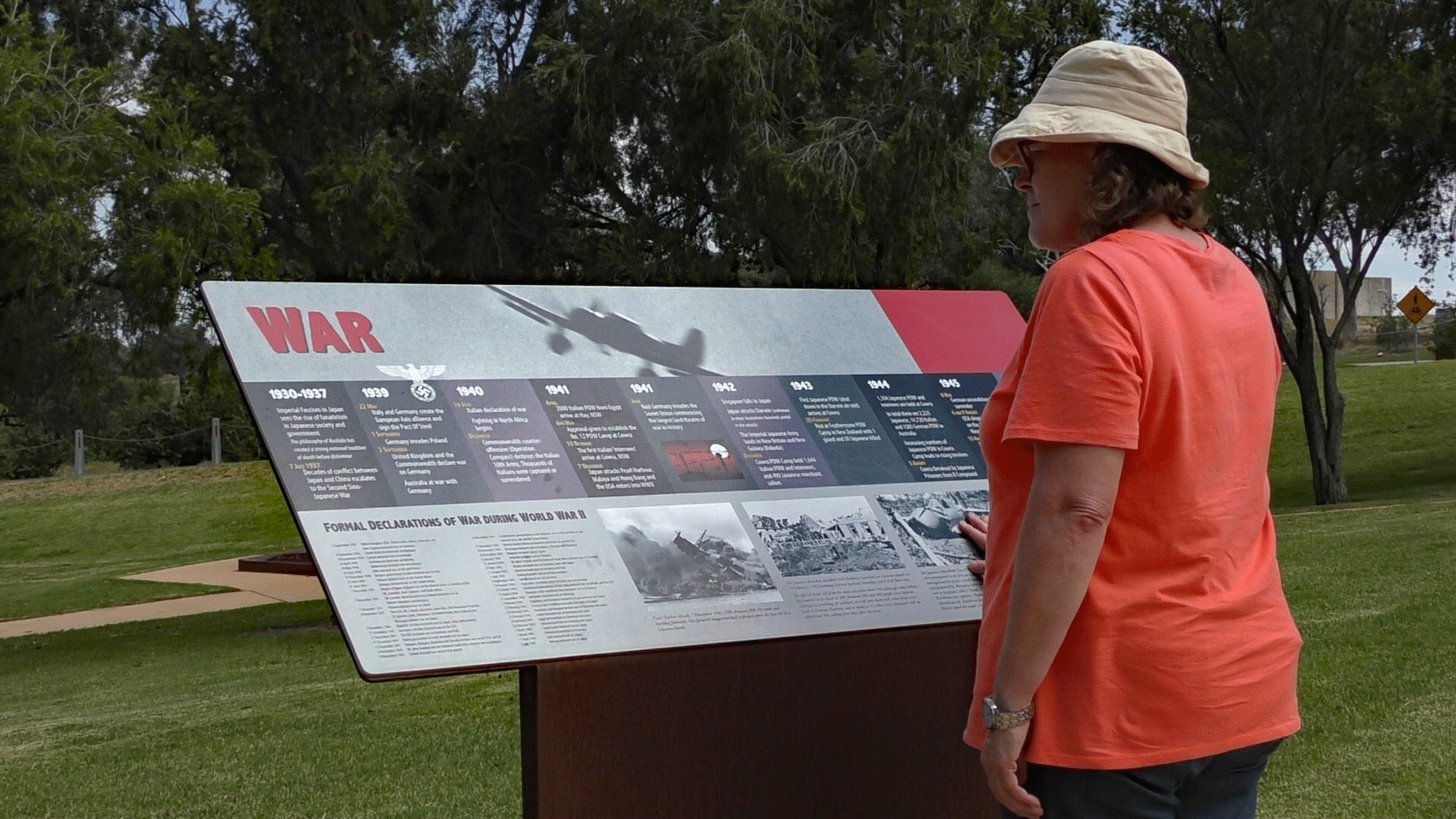
POW camp ruins
Next visit the site of the camp 3km out of town on Sakura Avenue. There’s not much there to be honest – some scattered ruins and a sense of sombre isolation. Start at the replica guard tower with an audio presentation and then follow a well signed walk around the site – stopping here and there to read information boards that unravel the complicated story of what happened and where, who survived and who perished. Because so little remains of the camp, it will require a leap of imagination, and yet it works. So many died right there and by the end you feel acutely aware of their stories.
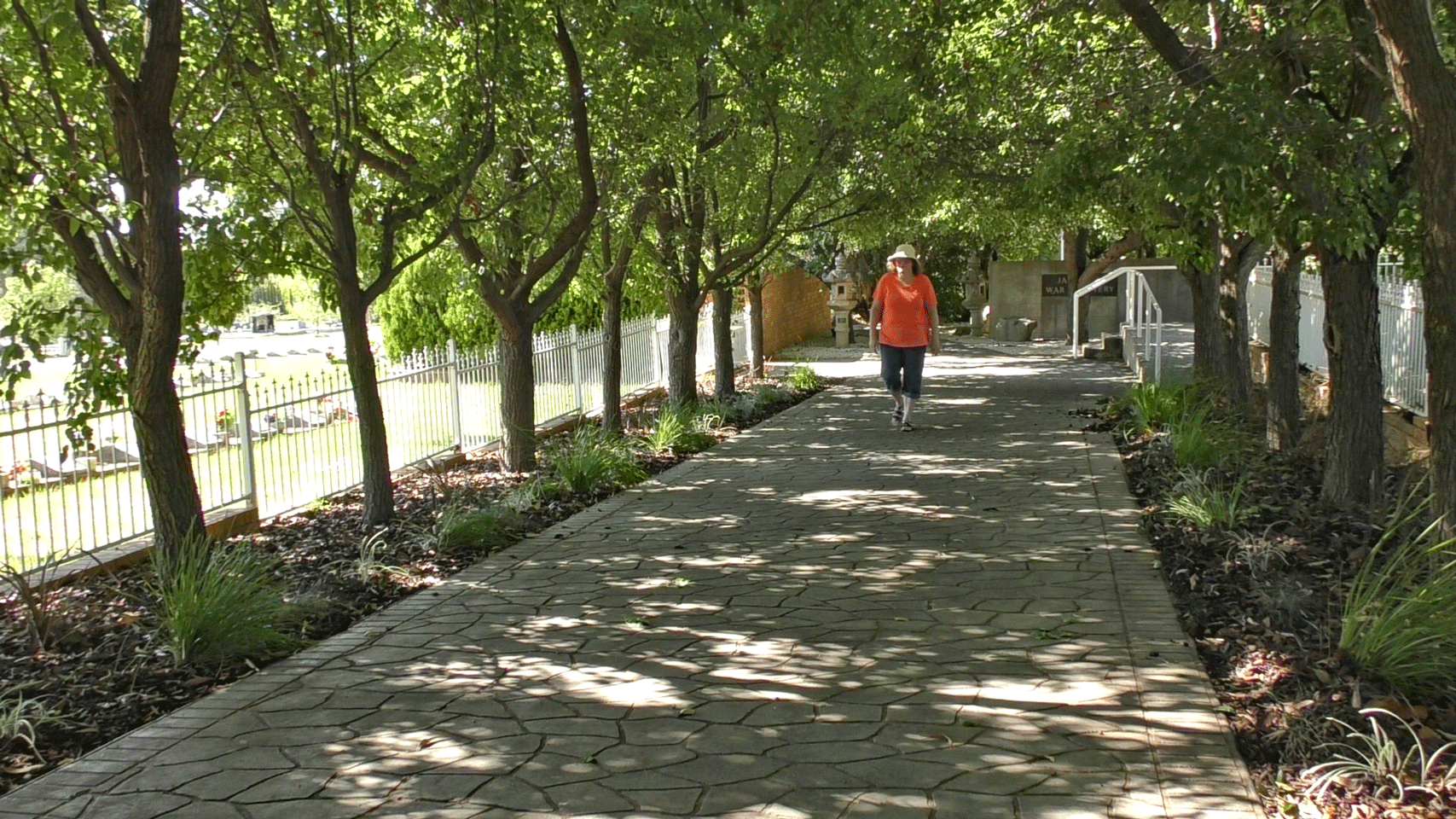
Japanese War Cemetery
Established in 1964, this is the only Japanese War Cemetery to be retained in Australia. It contains the remains of the Japanese soldiers who were killed in the 1944 Cowra Breakout and all Japanese nationals who died on Australian soil during World War II. Adjoining this is the Australian War Cementery which contains the graves of those who died at the Cowra military training camp and the four Australian soldiers killed during the 1944 breakout. I entered beneath a cool avenue of trees and found a peaceful place of reflection. Both cemeteries are on Doncaster Drive.
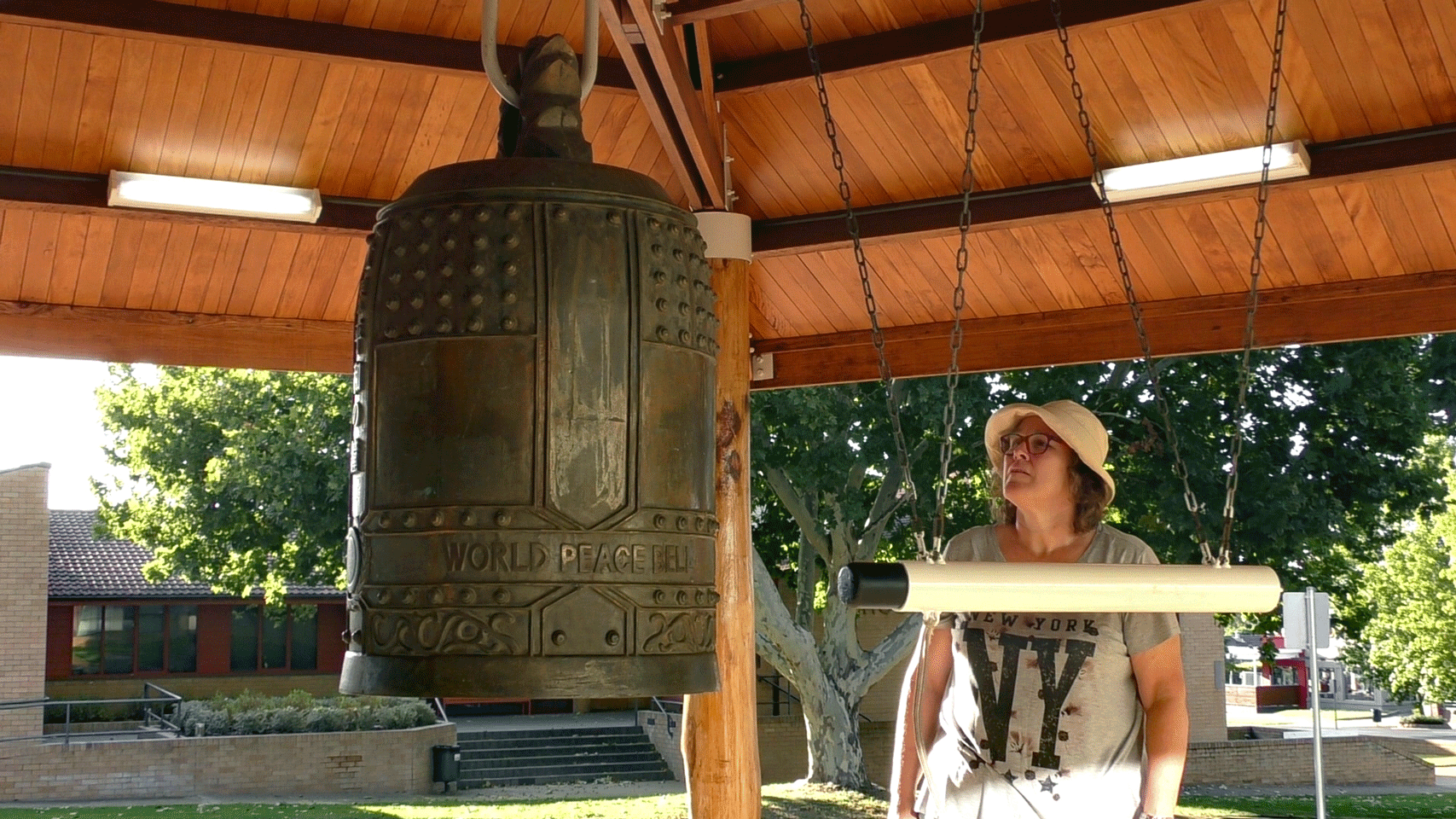
Peace Bell
This quite amazing object is the kind of thing usually reserved for capital cities – but you can find it in Civic Square in Darling street. The sound of the bell reverberates for a long thoughtful time if you care to gently ring it. The Australian World Peace Bell was awarded to Cowra in 1992 for its long standing contribution to world peace and international understanding. An interesting audio presentation starts automatically when you sound the bell.
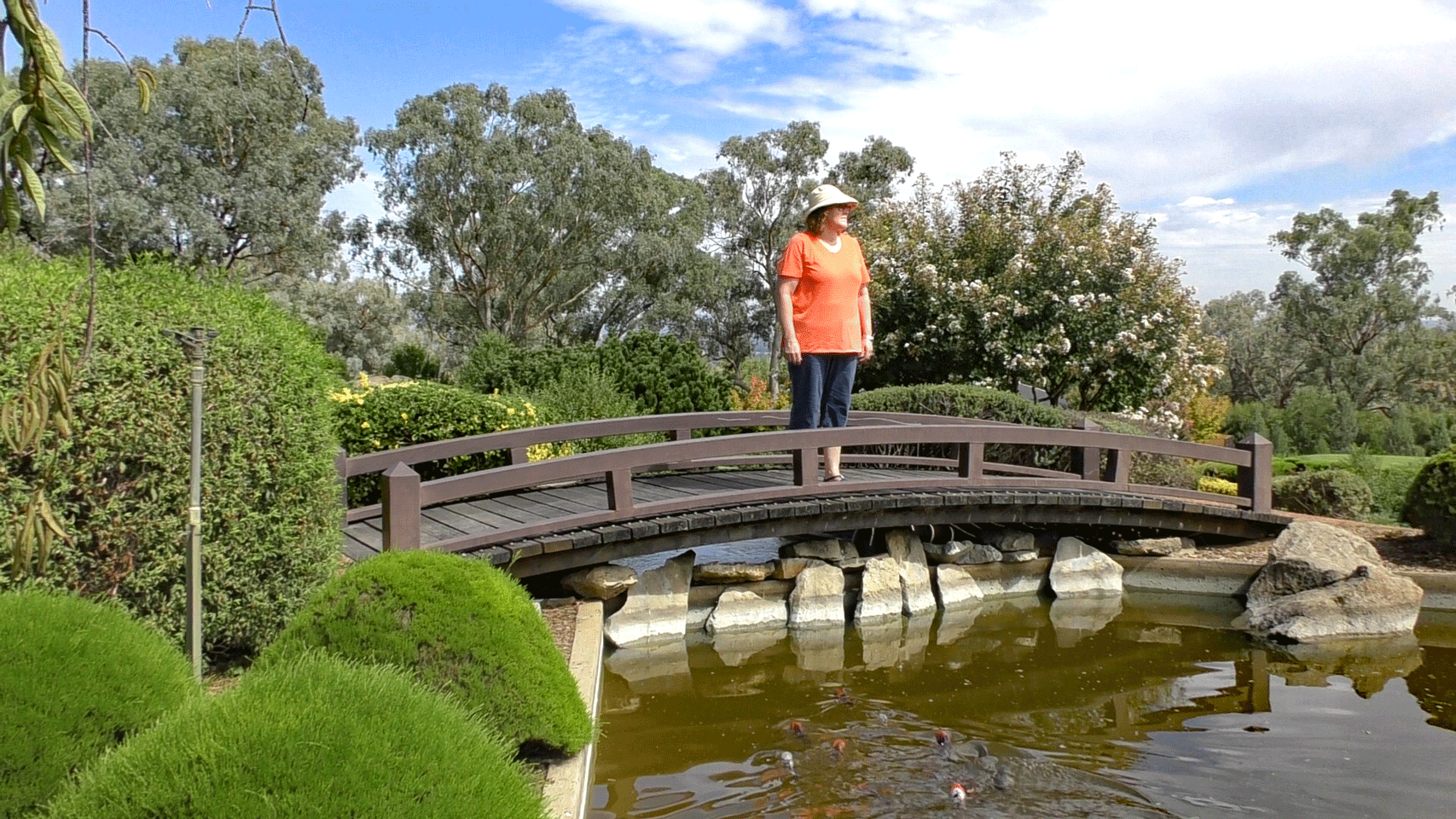
Cowra Japanese Garden
This is the jewel in Cowra’s tourism crown and is a joy at any time of year. Five beautifully designed hectares of easy to negotiate pathways that is classified by the National Trust. Even on the hot day of our visit the garden had many quiet cool places to sit and take in the scenery.
There’s a Japanese cultural centre attached which features some wonderful art work. There’s a great cafe which serves breakfast and lunch daily. The garden is located within the town’s Peace Precinct, in Ken Nakajima Place.
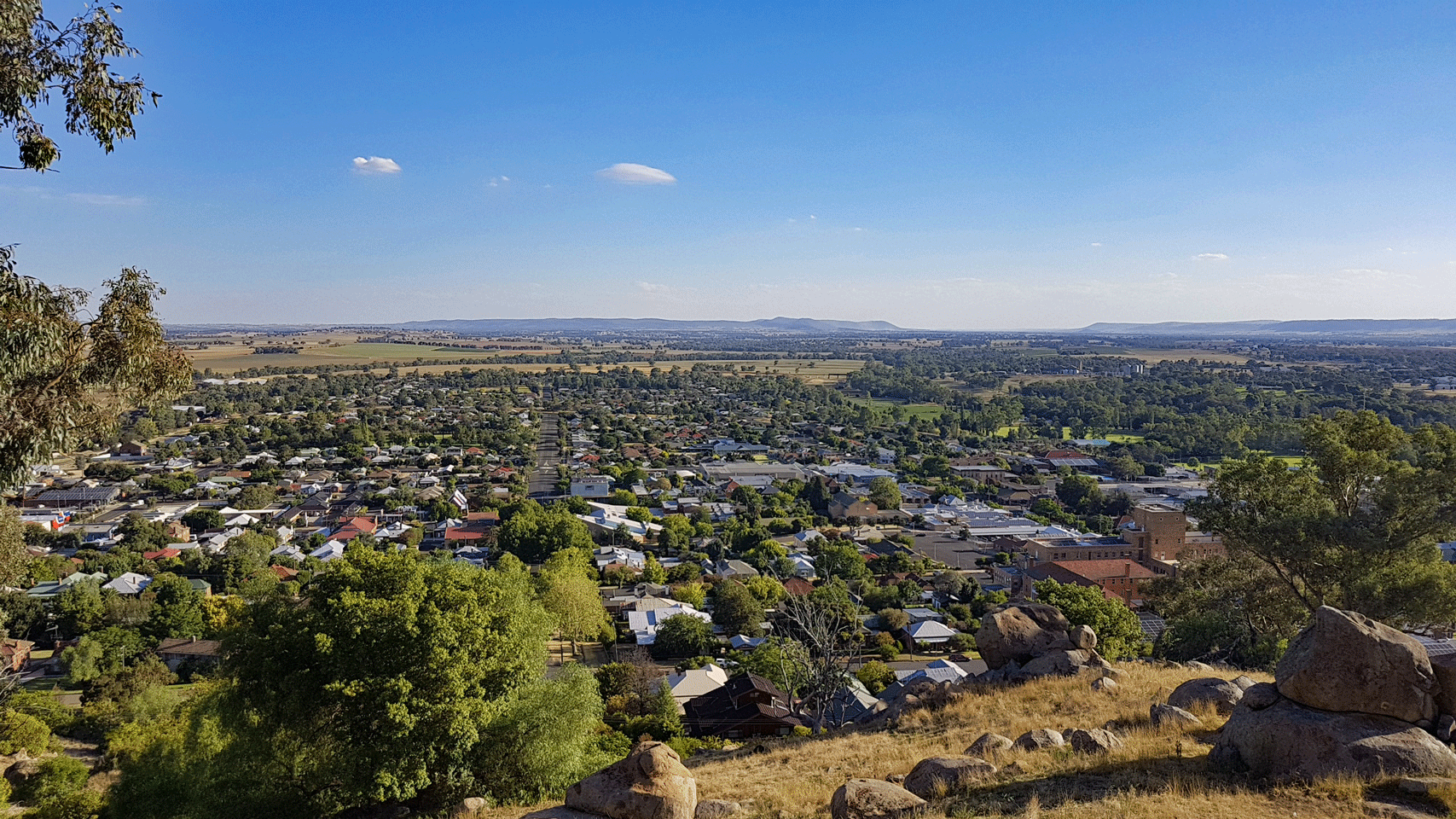
Billy Goat Hill Lookout
It’s also named as Bellevue Hill Lookout and for absolutely spectacular views over the town and the surrounding countryside you need go no further. The hill is scattered with the huge granite boulders for which the district is well known.
If you get up there early to watch the sun come up, you will likely be rewarded with seeing a small mob of kangaroos hanging about among the boulders. The views are seriously stunning. I watched huge flocks of corellas come screeching across the town every morning and evening – a stunning sight but must be a tad annoying for the locals.
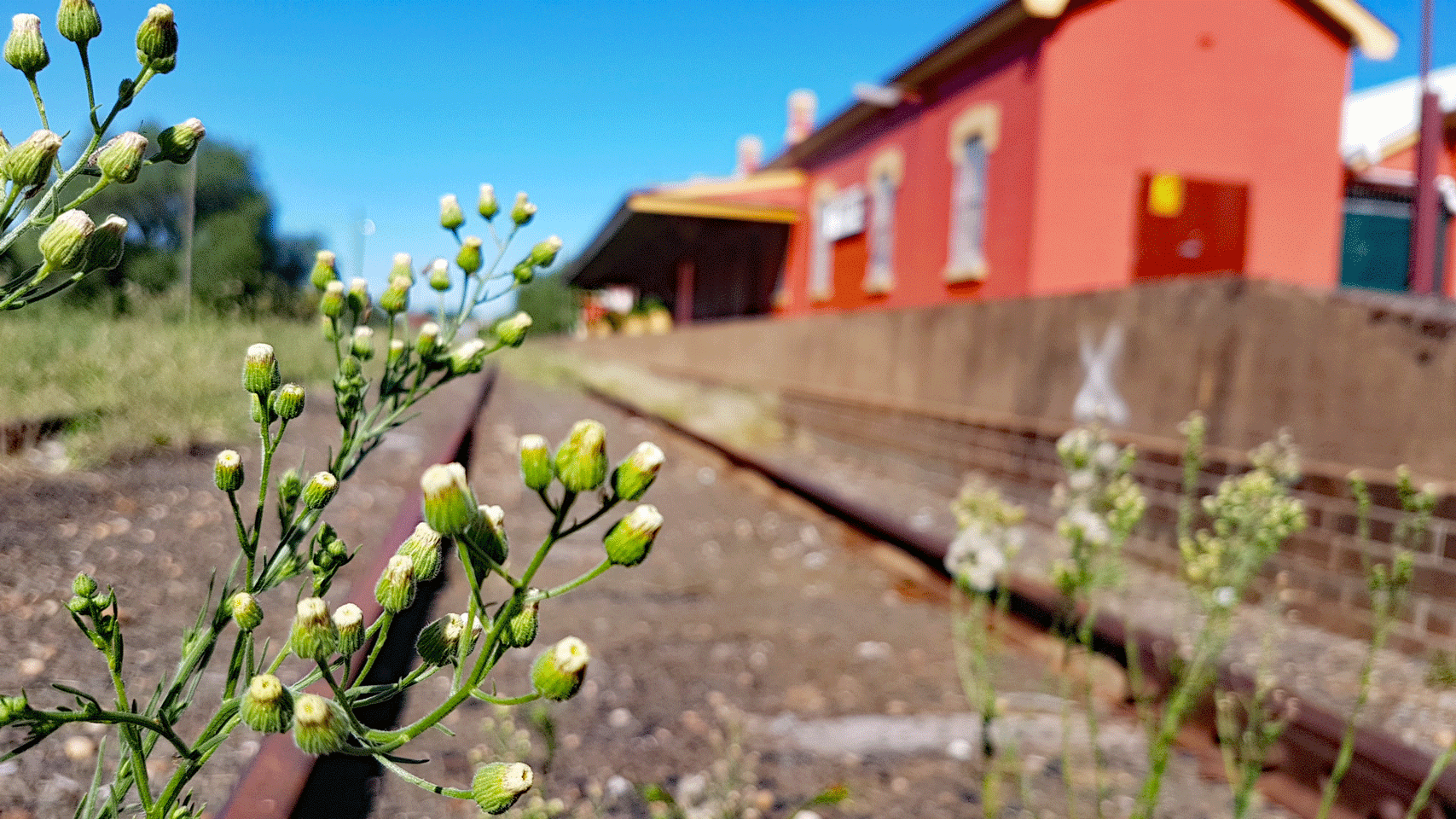
Take a wander
Cowra is a very picturesque little town with lots of great old buildings and homes from many eras. The 1950s hospital towers over the town high up on a hill – you can’t miss it – and from an architectural point of view it’s interesting. The railway station is just out of town and is worth a look.
The railway ceased running to Cowra years ago but the building lives on for use by local community groups. Russell Denning from Cowra Antique Car Club (which uses the station for its meetings) happened to be there on the day of my visit and obligingly showed me around the building and filled me in about its history. For the real history nuts there is a town heritage walk .
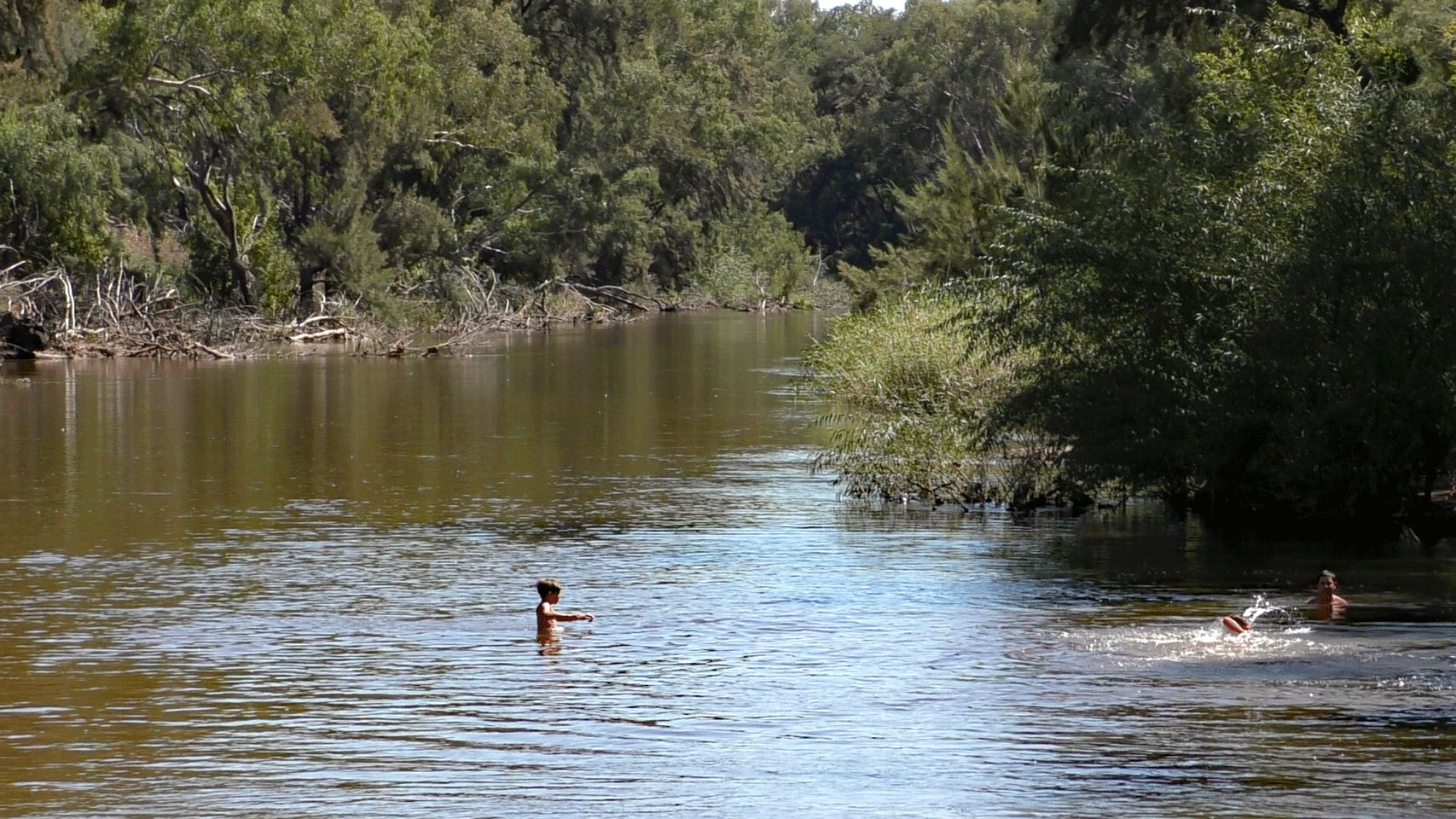
River walk
We took a wander down to the banks of the Lachlan River in the afternoon light. The path runs along the banks beneath the main bridge. There is a well used old wooden low level crossing – access is off Lachlan or Redfern Streets. There are picnic tables. People were swimming on the day we got there – but if you decide to take a dip – take care – rivers are always changing.
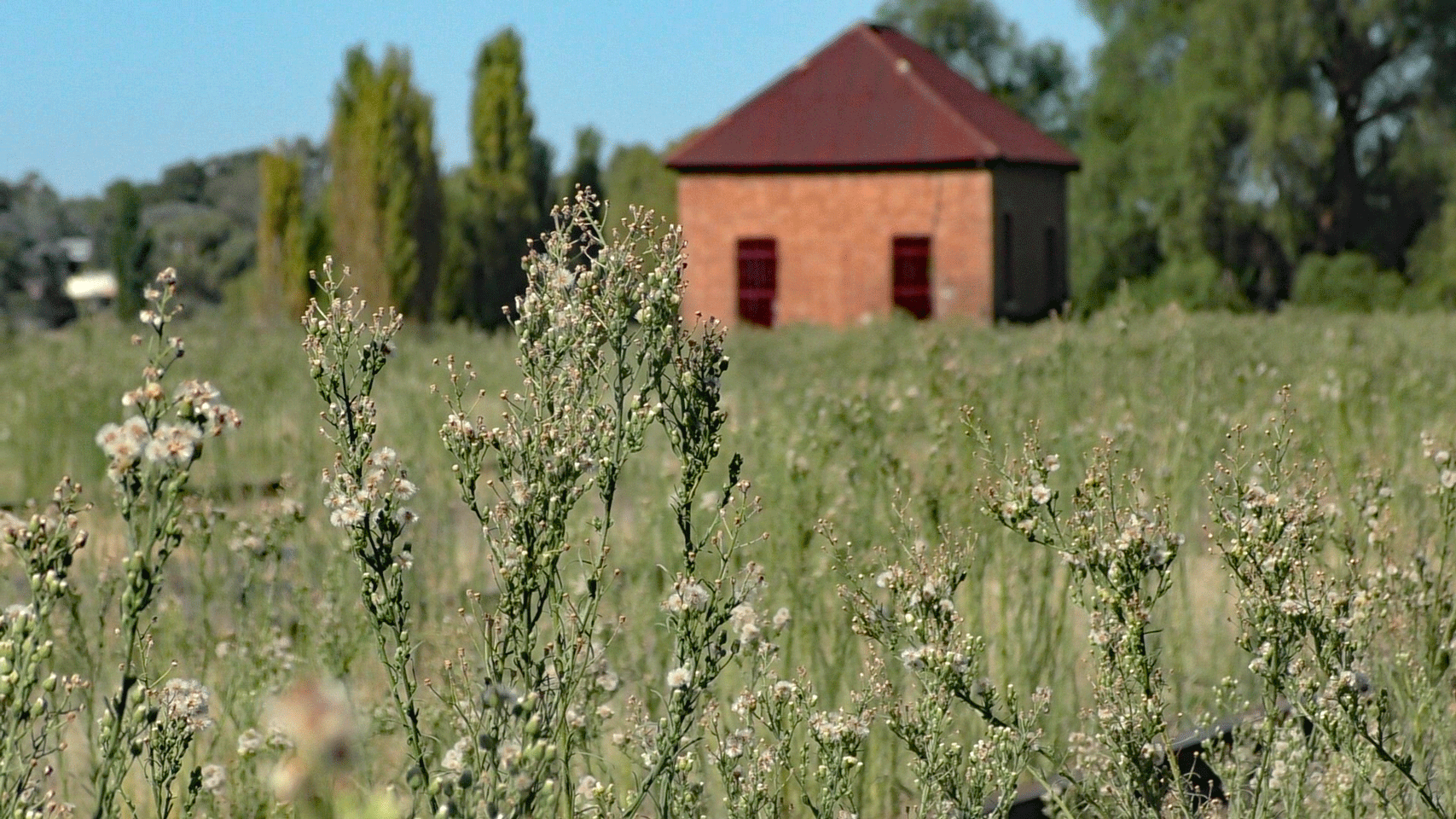
Where we stayed
We stayed at the Econo Lodge Alabaster at 20-22 Lynch Street, Cowra. It was just on the edge of town so was a little more economical than other establishments in town. On a cool day you could probably walk into the CBD no problems – but it was quite hot so we gave that a miss. The room was clean and comfortable and everything worked including the aircon which was important on one day when it was 36 degrees. There was a well maintained pool too if you wanted to take a dip. It was very quiet and I always appreciate that. Nice friendly service form the hosts.
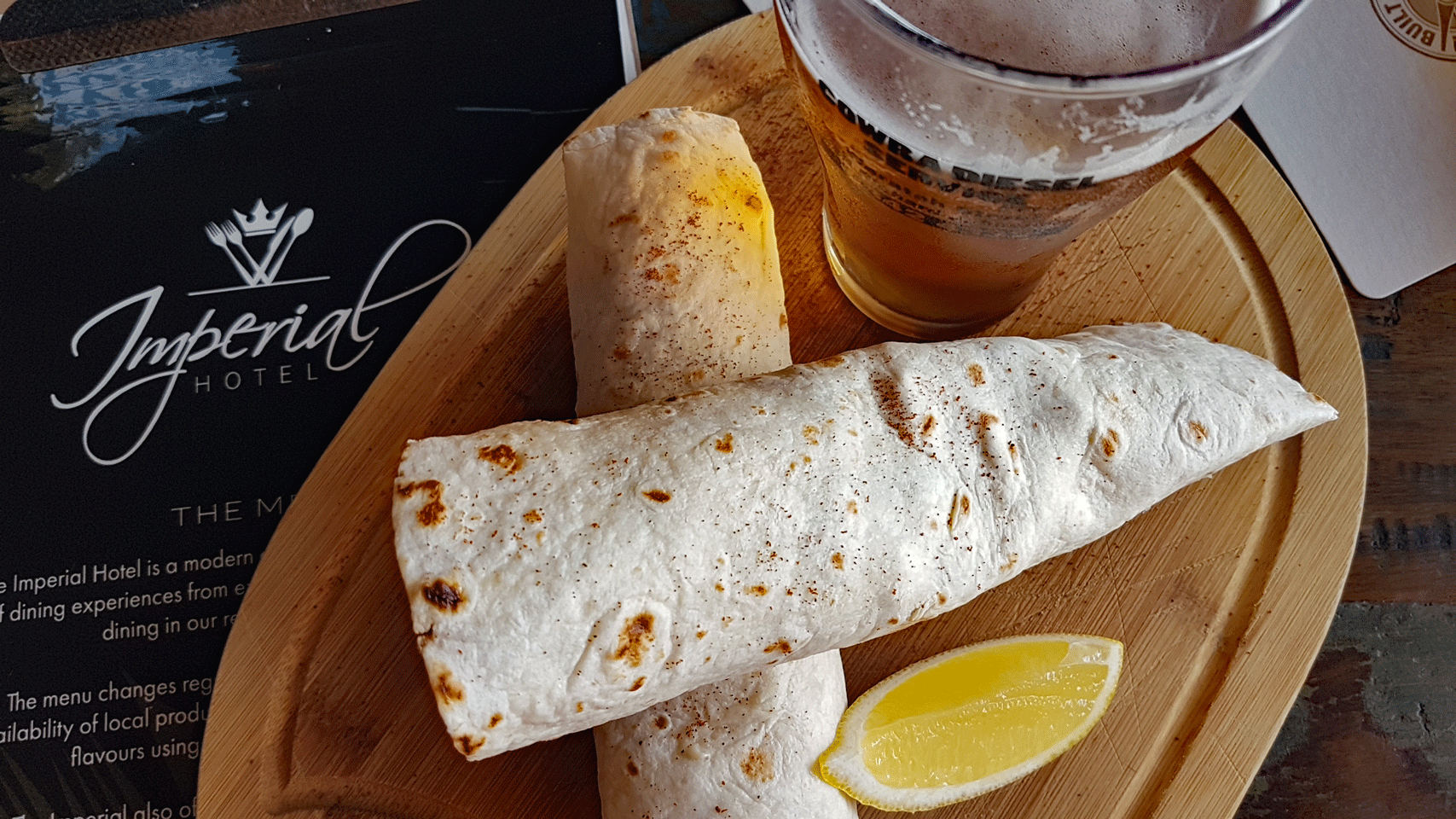
Where we ate
I had the best fish tacos ever for lunch at the Imperial Hotel in Kendell Street. Washed down with a cold beer – perfect. Despite its somewhat surprising name – I had a great meal at Dehli Beli Indian restaurant at 5 Kendell Street. The Roganjosh was excellent. Cowra Japanese Garden was a great place for breakfast – in fact it was the only place I could find open on a Sunday morning. In a town so steeped in war history – it made sense to have at least one meal at Cowra Ex Services Club. It’s standard club fare but swift service and good prices made it worthwhile.
